The automotive industry makes significant strides forward each year, and with those advancements come mind-blowing and exciting new developments in automobile technology.
Year after year, we are treated to ground-breaking innovations in the automobiles that we drive most frequently. These innovations can take the form of brand-new features, expanded capabilities, or radical reimaginings of the vehicles' exteriors and interiors.
In any event, what can we look forward to in terms of the automobiles of the future? When will they be able to make progress, and have we reached the point where the design can no longer be improved?Here are some of the most intriguing concepts for cars of the future, along with some models that are going to be made available very soon.
1. Tesla Cyber Truck
The Cybertruck from Tesla
must be included in any list of future automobiles! This well-known vehicle
was first previewed in 2019, but its release has been pushed back to 2023.
The Cybertruck was created with durability in mind. Ultra-Hard 30X Cold-Rolled
Stainless-Steel structural skin is used to strengthen the vehicle's chassis.
Which is to say, in a nutshell, that the car's frame is extremely sturdy.
Since cold-rolled metal is much less malleable, this is also a contributing
factor to the sharp, futuristic silhouette of the vehicle.
Tesla claims that the Cybertruck's windows are just as sturdy as the rest of the car, despite Musk's now-famous video showing how easy it is to break the windows at the Cybertruck reveal. The layers of polymers in the ultra-strong glass and composites are supposed to absorb and redirect force, making the windows impenetrable.

In addition, Tesla claims that the Cybertruck will be capable of towing over 6,350 kilograms, which is roughly the same as the weight of an average African bush elephant. There are a lot of impressive numbers there, and despite the many setbacks, it may actually succeed in achieving them all. At this point, all we can do is sit tight and hope that the release date of 2023 holds firm or gets pushed back again.
2.BMW iX Flow
At
CES 2022, BMW debuted its iX Flow,
one of many new vehicles.
It may look like any other car you've seen on
the road a hundred times before, but this one has a secret weapon. At the
touch of a button, the iX Flow can change its color in a big way.
The use of a color-changing electronic ink paint makes this a reality. Simply
put, the entire body of the car is a massive e-reader display made up of
millions of tiny capsules filled with paint. In these capsules, there are both
black pigments with a positive charge and white pigments with a negative
charge. When an electrical field is changed, the desired pigment is brought to
the surface. This makes it easy and quick to change the color.
The car's paint job can be the only thing that varies in tone. BMW showed it
off with racing stripes, patches of different colors, and a smooth change from
white to black.
This vehicle looks like it was plucked from a James Bond film, but for the
time being, it is just a concept. It is unclear if BMW will commercialize this
technology. Concerns could also arise regarding the performance of the
millions of microcapsules once they are released into the wild.
3. Meta Materials HUD
The use of a
heads-up display (HUD)
is a common theme in science fiction. Using holographic projection, Meta
Materials, a company demonstrating such technology at CES 2022, used
holographic projection to show crucial data right in front of the driver's
eyes. According to Meta Materials, this would prevent the driver from
diverting attention to the car's screens, allowing them to keep their eyes on
the road.
In theory, a HUD could make it easier for a driver to react
quickly because they wouldn't have to take their eyes off the road to adjust
to the different levels of brightness on the road and on the car's
instruments. However, this is still a ways off and, like a lot of other
automotive technology, would require a lot of approval before it could be
effectively implanted into cars.
4. Hyundai Elevate
Hyundai presented the 'Elevate' concept car at the Consumer Electronics Show in 2019. As far as concept cars go, it stands out for its novel approach to transportation by fusing two modes of locomotion into a single unit. It could go places that regular cars cannot, such as up stairs to allow a wheelchair user to enter, into tighter parking spaces, or over difficult obstacles.
The car could even climb and "walk" in places where wheels wouldn't go if it
had these legs. First responders can only be transported to the edges of the
destruction in a tsunami or earthquake because of the limited range of rescue
vehicles.
The rest of the way will be on foot for them. 'Elevate'
can "drive into place and climb directly over debris from a flood or pieces of
collapsed buildings," according to John Suh, Vice President and Head of
Hyundai Cradle.
5. Canoo pickup
The Canoo Pickup is another average-appearing vehicle. It looks like a regular car from the outside, except for the unusually large windshield. There aren't any flashy gadgets or multiple displays. Instead, Canoo is focusing on functionality.
The car's size, interior, and roof accessories are all highly configurable, and the bed can be pulled out or stowed away to alter the vehicle's overall profile.

This allows you to choose between a compact vehicle, ideal for zipping around the city, and a spacious, extended version, perfect for long road trips. Modular features on a car are a great idea we rarely see, and this one has hidden drawers, extra plugs, solar panels, and lighting integrated across the exterior.
6. DS X E-Tense
Another manufacturer with fully futuristic concept cars is DS Automobiles. This version is called the X E-Tense, after Elon Musk's naming convention for his offspring. It has three seats and adaptive windows to deal with varying light conditions. There are two seats on one side of the vehicle and one more in the trunk.
There are a lot of flashy colors and designs throughout the interior, giving
it a futuristic vibe. Of course, most of this technology doesn't actually
exist, just like it doesn't in most concept cars. DS, on the other hand, wants
to show off the potential of automobiles in the future.
7. Audi AI: Trail
In 2019, when Audi first showed off the AI: Trail, it was a bit like a hodgepodge of different ideas for the future of technology. This concept car may look strange because it has drones, hammock seats, and a lot of glass, but it shows some interesting ideas about how people will get around in the future.
The interior surfaces, including the armrests, would be treated with an antibacterial, dirt-repellent coating in addition to being electric.
The seats are hammocks that can be unhooked and used elsewhere, making them convenient for camping trips and other outdoor gatherings where sanitation is a priority. Even stranger is the implication that drones would follow the car and illuminate the road ahead. We're not sure if Audi's AI: Trail is a viable model for the future of automobiles, but the car definitely has a futuristic vibe.
8. Cadillac InterSpace
Cadillac's InterSpace concept, which debuted at the 2022 Consumer Electronics Show (CES), looks like it was lifted from a far-future science fiction film. Cadillac claims that the InnerSpace concept will revolutionize the driving experience for two people by relieving the driver of responsibility.
Unlike the partially autonomous vehicles that many automakers have attempted but failed to perfect, this vehicle would be fully autonomous, freeing the driver to enjoy the ride or get some work done. Cadillac's goal in including Augmented Reality in this vehicle is to elevate the in-car entertainment experience to the next level.
The car even has tires that dampen the reverberation of sound waves, making for a peaceful and relaxing ride. It's a concept, so like many of the other vehicles on this list, Cadillac is really just guessing at the future of automobiles. There is already the technology to implement these features—augmented reality, autonomous driving capabilities, and noise cancellation—it just needs to be integrated into vehicles in a reliable and secure fashion.
InnerSpace concept will revolutionize the driving experience for two people by relieving the driver of responsibility.
Unlike the partially autonomous vehicles that many automakers have attempted but failed to perfect, this vehicle would be fully autonomous, freeing the driver to enjoy the ride or get some work done. Cadillac's goal in including Augmented Reality in this vehicle is to elevate the in-car entertainment experience to the next level.
The car even has tires that dampen the reverberation of sound waves, making for a peaceful and relaxing ride. It's a concept, so like many of the other vehicles on this list, Cadillac is really just guessing at the future of automobiles. There is already the technology to implement these features—augmented reality, autonomous driving capabilities, and noise cancellation—it just needs to be integrated into vehicles in a reliable and secure fashion.
Feel like there aren't enough screens in your car? Sony's concept cars follow the current trend of "Pimp My Ride"–style customization by adding as many screens as possible.
Sony plans to install screens in the back seats and three screens in the front, transforming cars into mobile entertainment centers. The Vision-S 02, however, holds promise beyond merely entertainment purposes.
With more than 40 sensors, the car would constantly check for potential dangers and help the driver in self-driving situations, something that Tesla made popular.
Sony would also adopt digital mirrors, which would combine cameras and displays. Sony's concept would use Time of Flight cameras to monitor the driver's facial expressions, gestures, and fatigue levels, which is a feature not often found in modern automobiles. The goal here is to make it easier for drivers to maintain a comfortable temperature and to receive reminders when it's time to rest.

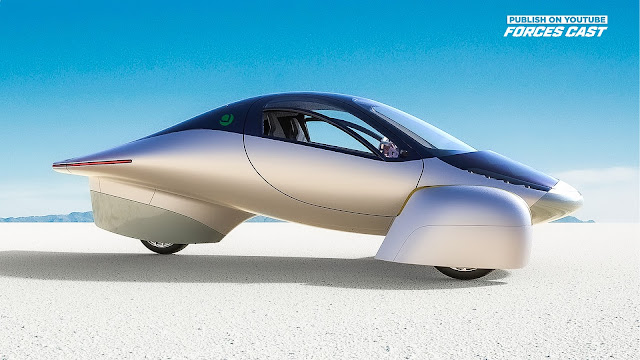
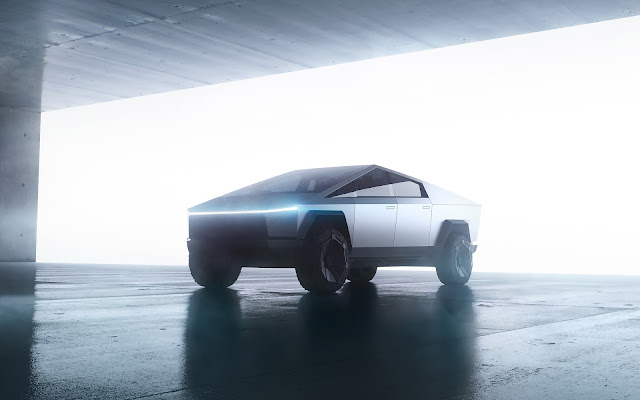

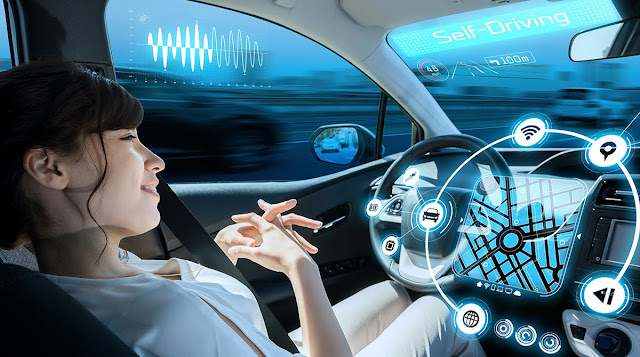



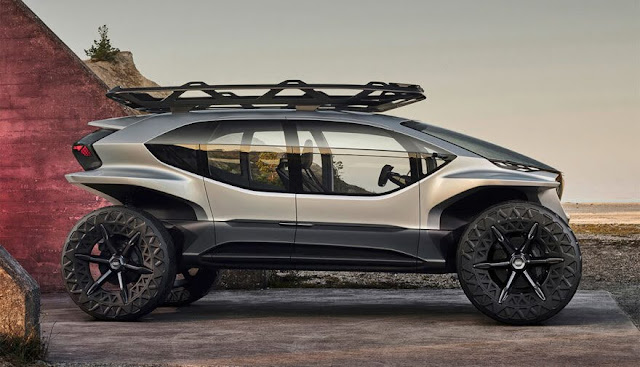
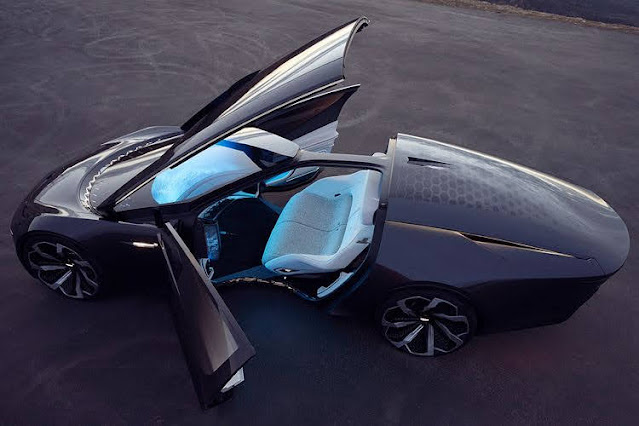
.jpg)


